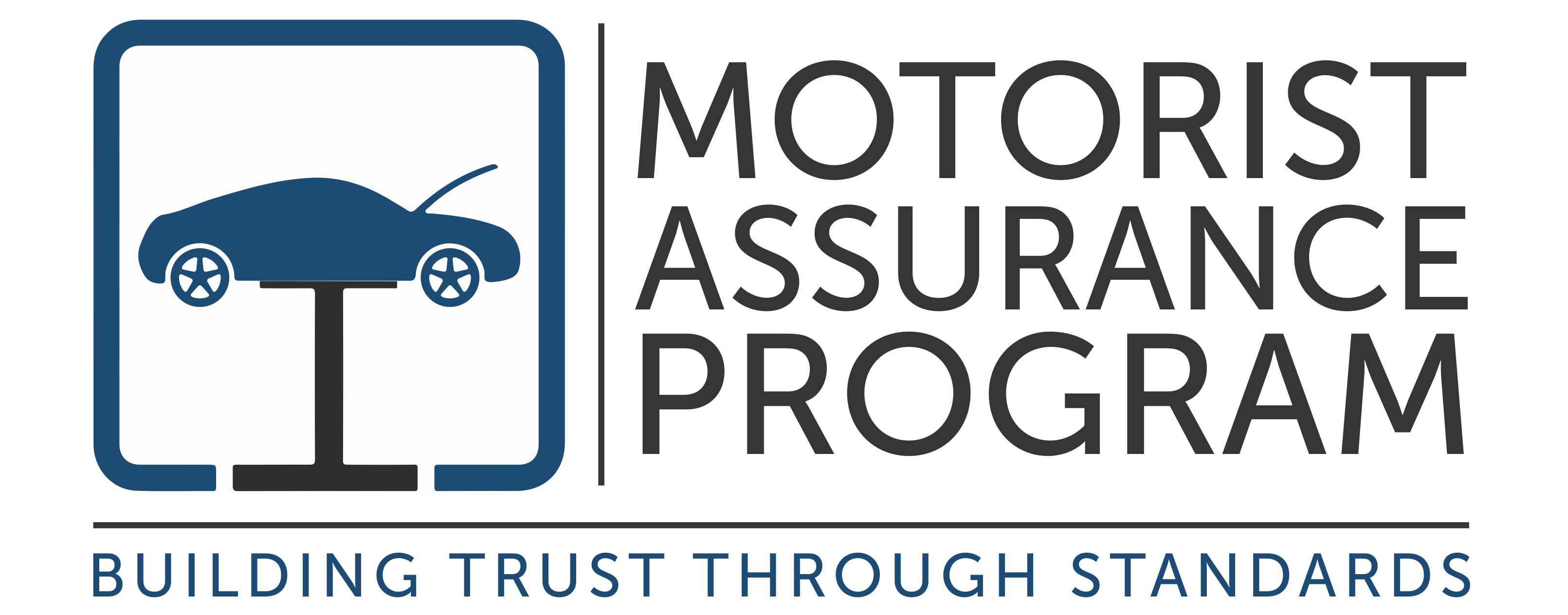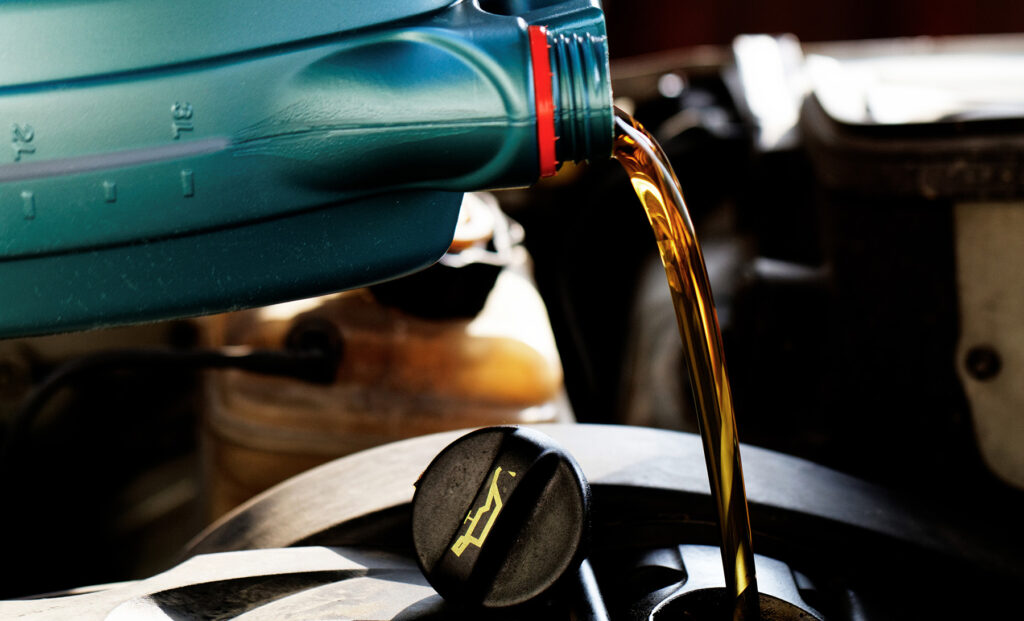Car Care 101 – Understanding Maintenance for your Vehicle
Throughout the years the automobile has had a cherished place in American history. Most people will never forget their first car and still today – your vehicle makes a statement about yourself and the lifestyle you live. Today’s vehicles are a complicated piece of rolling technology as vehicle manufacturers strive to meet the growing demands for comfort, convenience and safety. The question is…..are you giving your vehicle the proper attention that you should to keep it safe and working properly? You may not be as familiar with vehicle systems or the maintenance required to keep them running properly but I am sure that you have an understanding that regular maintenance checks and simple service can greatly reduce the expense of car ownership. Some of these system checks you can do yourself and others will require the services of a professional technician. Always refer to your owner’s manual when performing any maintenance task on your vehicle. Know your limitations when inspecting vehicle systems and if you are uncertain you should seek the help of a qualified technician. If you are not careful, you may inadvertently do more damage trying to service or check components yourself.
Under the Hood
- Check the anti-freeze/coolant level monthly. Some cars have transparent reservoirs with level markings. Consult your owner’s manual for the proper anti-freeze /coolant type and mix ratio for your vehicle as well as the proper fill levels. Caution: You should never remove the pressure cap from the radiator when the engine is hot. All Coolant Types are not created equal, use the coolant the Manufacture recommends. If the correct type is not available, other types of coolant may be used temporarily but the system should be flushed and filled with the correct type as soon as possible.
- Check transmission fluid with each oil change on a level surface with the engine warm and running, and parking brake on. With your foot on the brake pedal, move the shift lever through each gear range, pausing for about three seconds in each range. Then, move the shift lever back to P (Park). Remove dipstick, wipe dry, insert it and remove it again. Verify the level is within the specified range on the dipstick. Before adding, Check your owner’s manual for the approved fluid type. Do not overfill! Note: Refer to the owner’s manual for location of your dipstick. Some vehicles may not be equipped with a dipstick and some may require special tools to check fluid level.
- Check oil every other gas fill up. With the engine off, remove the dip stick, wipe it clean. Insert it fully and remove it again. If it is low, add oil. To maintain engine performance, change oil following the correct manufacturer’s service interval for your vehicle and driving conditions. Refer to your owner’s manual for the correct type and viscosity of oil for your vehicle and driving conditions
- Check the air filter with every oil change. Replace it when it’s dirty or as part of a regular maintenance program. Check your owner’s manual for the type and location of the air filter.
- Check brake fluid with every oil change. First, wipe dirt from the brake master cylinder reservoir lid prior to removing. The fluid level should be above MIN. If it is near or below, have the vehicle’s brake system inspected by a qualified technician. If the vehicle’s brake fluid is low, it may indicate brake pad lining is worn and may require servicing or a possible leak in the brake hydraulic system. Note: If low or no fluid is present you should add fluid to the reservoir and have the vehicle inspected.
- Keep windshield washer fluid reservoir full. When topping off, use some windshield washer fluid on a rag to clean off the wiper blades. In winter months, pay attention to the freezing point of the washer fluid.
- Use extreme caution when handling a battery since it can produce explosive gases. Do not smoke, create a spark or light a match near a battery and always wear protective glasses and gloves. Have your service provider check the condition of the battery and charging system with every oil change. Cables should be attached securely and be free of corrosion.
- Check power steering fluid level with every oil change. Simply remove the reservoir dipstick. If the level is down, add fluid and inspect the pump and hoses for leaks. Refer to your owner’s manual for the correct type of fluid.
- Most cars today have a single drive belt system. Today’s belts wear similar to tires and no longer crack making it difficult to tell by a visual inspection. We suggest that you ask your service provider to inspect belts and hoses during regular maintenance appointments.
Around the Car
- Inspect windshield wiper blades whenever you clean your windshield. Do not wait until rubber is worn, brittle or torn to replace them. Wiper blades should be replaced if you notice smearing, streaking or chattering occurring.
- Be sure all your lights are clean and in proper working order – including brake lights, turn signals and emergency hazards. Some headlight assemblies can become “cloudy” or discolored with time. Many times your service repair facility can restore them to “like new” condition with a treatment program in the shop. Lighting is a critical part of the safety system of your vehicle – make sure they are working properly. NOTE: Many states are require annual vehicle inspections and will require them to be clear and in working order.
- Keep tires inflated to pressure recommended on placard typically located in your driver’s door jamb (it helps to own your own gauge). Check for cuts, bulges and excessive tread wire. Uneven wear indicates tires are misaligned or out of balance. Tire rotation is typically recommended around 5,000 miles or with every other oil change in order to ensure you get the expected tread life on the tire.
- Shock absorbers/ struts function to keep the tire in contact with the road and will degrade over time. Worn shocks may affect stopping distance in addition to tire wear and should be evaluated by your service provider


